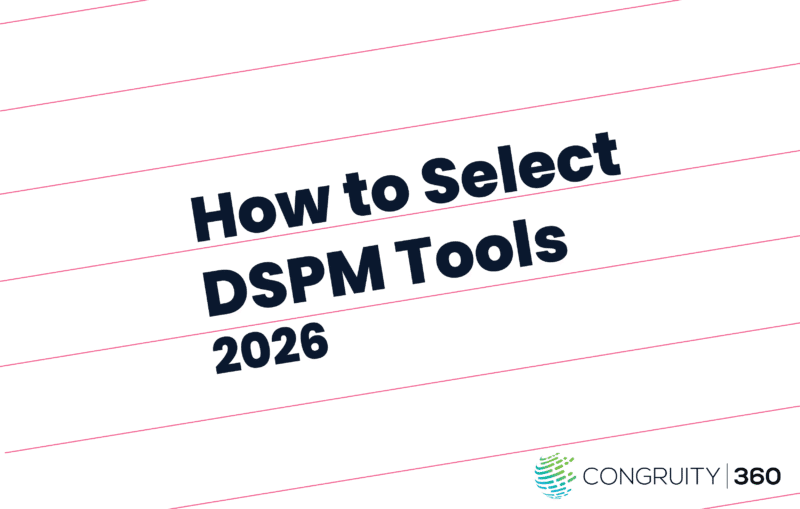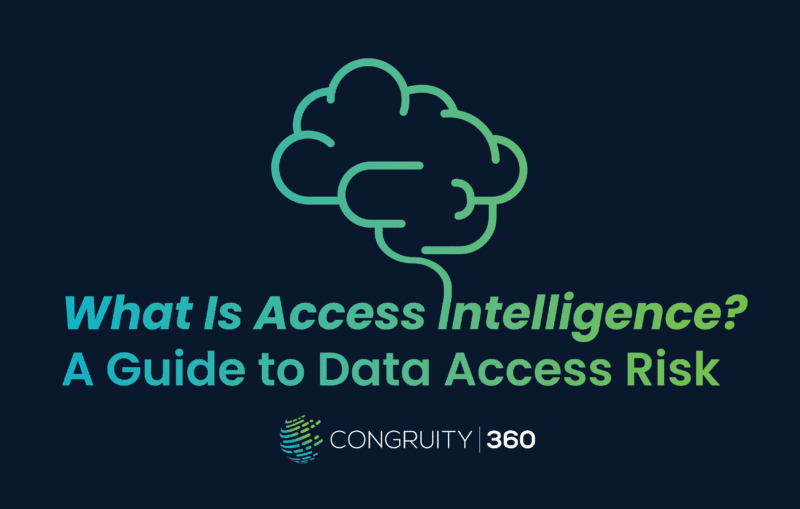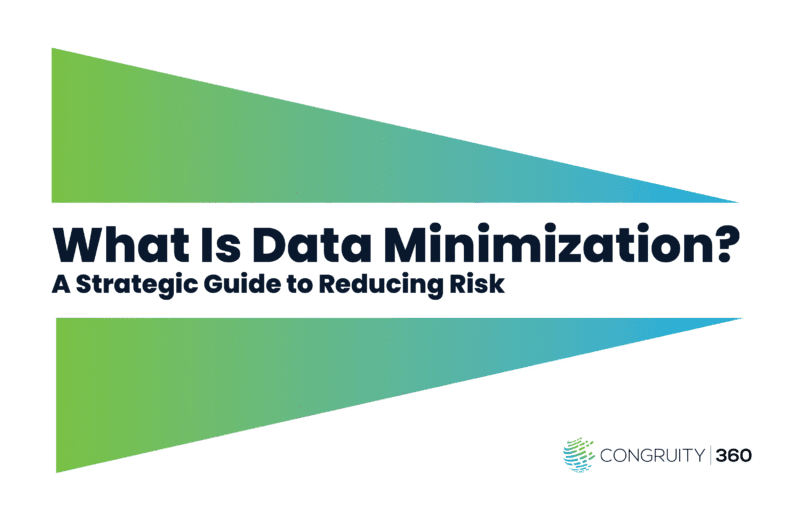What Is DSPM?
DSPM (Data Security Posture Management) is a cybersecurity strategy and set of tools designed to discover, monitor, and secure sensitive data across all environments, particularly in multi-cloud and hybrid infrastructures.
It allows organizations to answer basic, important questions like:
- Where is our sensitive data stored?
- Who has access to it?
- Is it being exposed, misconfigured, or at risk?
Data Security Posture Management helps reduce attack surface, maintain compliance, and enhance visibility into how data flows across your systems.
Why DSPM Matters More Than Ever in 2025
With the explosion of cloud services, remote work, and AI integrations, sensitive data is more distributed and vulnerable than ever.
Major trends driving DSPM adoption:
- Increase in cloud-native breaches: breaches are expensive, surprising, and damaging.
- Tightening of data privacy regulations (e.g., GDPR, CCPA, HIPAA): with constant changes in privacy laws, initiating protection for existing laws sets up your data for success. New regulations often hold similar characteristics to existing ones.
- Rise in insider threats: Does your security team truly know who has access to what data? One innocent mistake by a remote worker or a disgruntled employee can compromise your data.
Read Compass IT Compliance Feature Blog: Why Is Social Engineering a Threat to Business
- Pressure from cyber insurance providers and compliance auditors: outside authorities will keep your company in check. It’s important to be ready for them when they come around.
Without DSPM, companies are flying blind, especially in multi-cloud environments where shadow data can proliferate unnoticed.
5 Key Components of DSPM
To understand DSPM implementation, you need to know its core pillars:
- Data Discovery & Classification
Automatically locate and classify sensitive data (PII, PHI, PCI, IP) across SaaS, IaaS, on-prem, and databases. - Access Monitoring
Who has access to what data? Data Security Posture Management tools evaluate entitlements, roles, and permissions to flag overexposure. - Risk Prioritization
Not all vulnerabilities are equal. DSPM platforms prioritize risks based on sensitivity, exposure, and business impact. - Policy Enforcement & Remediation
DSPM integrates with existing security tools to automate responses such as revoking access or encrypting data. - Continuous Monitoring
Real-time insights keep your data security posture in check and ensure compliance is ongoing.
How To Get Started With DSPM
Implementing Data Security Posture Management doesn’t need to be overwhelming. Follow these steps:
1. Audit Your Data Landscape
- Identify where your data lives: AWS, Azure, GCP, SaaS, on-prem?
- Use data mapping tools to visualize your assets.
2. Choose a Data Security Posture Management Solution
- Evaluate based on ease of deployment, cloud integrations, automation, and compliance features.
Read: How to Find a Good DSPM Solution
3. Run a Data Discovery Scan
- Let the Data Security Posture Management tool crawl your environments and identify sensitive data types and locations.
4. Set Risk-Based Policies
- Define what constitutes acceptable versus risky data behavior. Example: No public exposure of customer PII on cloud buckets.
5. Integrate with IAM, SIEM, and SOAR
- DSPM is most effective when integrated with your identity, security monitoring, and response stacks.
6. Monitor, Remediate, and Iterate
- DSPM isn’t a one-time fix. Continuously review findings, adjust policies, and track KPIs like:
- Percentage of exposed sensitive data
- Time to remediation
- Compliance pass rates
- Percentage of exposed sensitive data
Risks & Challenges of DSPM
While DSPM is powerful, it’s not without challenges.
False Positives & Data Sprawl
- Without fine-tuning, you may be overwhelmed by alerts.
- Many tools struggle to distinguish between sensitive and pseudo-sensitive data.
Integration Overhead
- Data Security Posture Management must tie into IAM, DLP, CSPM, and SIEM platforms. This can get complex fast.
Cost of Implementation
- Licensing fees and required cloud resources may be significant for large orgs. Find an organization that solves for cost optimization.
Compliance Overlap Confusion
- Data Security Posture Management helps with compliance (e.g., GDPR), but isn’t a silver bullet. You still need GRC governance.
Hot Topics in DSPM Right Now
1. AI & DSPM
- GenAI models like ChatGPT increase the risk of shadow data generation.
- New DSPM tools are now scanning vector databases and AI training data.
2. DSPM vs. CSPM vs. DSP
- Clear boundaries are forming between Cloud Security Posture Management (CSPM) and DSPM.
- DSPM focuses purely on data, not infrastructure.
Read: DSPM vs CSPM: Comparing Two Pillars of Cloud Security
3. Data Security Posture Management for Data Lakes
- Unstructured data in Snowflake, BigQuery, and S3 buckets is becoming a major target for attackers.
4. Zero Trust + Data Security Posture Management
- DSPM supports Zero Trust Data Security by enforcing least privilege and microsegmentation for data access.
5. Compliance-Driven Adoption
- Data Security Posture Management adoption is being driven by ISO 27001, NIST CSF 2.0, and DORA (for financial institutions in the EU).
FAQ: Common DSPM Questions
Q: Is DSPM only for large enterprises?
A: No—many tools now offer lightweight versions for SMBs or mid-market orgs.
Q: Can Data Security Posture Management replace Data Loss Prevention?
A: Not exactly. DSPM is more about visibility and posture, while DLP (Data Loss Prevention) focuses on enforcement. They complement each other.
Q: What’s the ROI of DSPM?
A: Reduced breach risk, faster compliance audits, lower incident response times, and improved cyber insurance premiums.
Final Thoughts
DSPM is a core layer of modern data security. If your organization handles sensitive data across cloud environments, DSPM provides the visibility, control, and risk prioritization you need to stay secure and compliant.
Start small with discovery, and build up toward full integration with your security stack.
Free Trial 7-day Assessment (no subscription or commitment)





